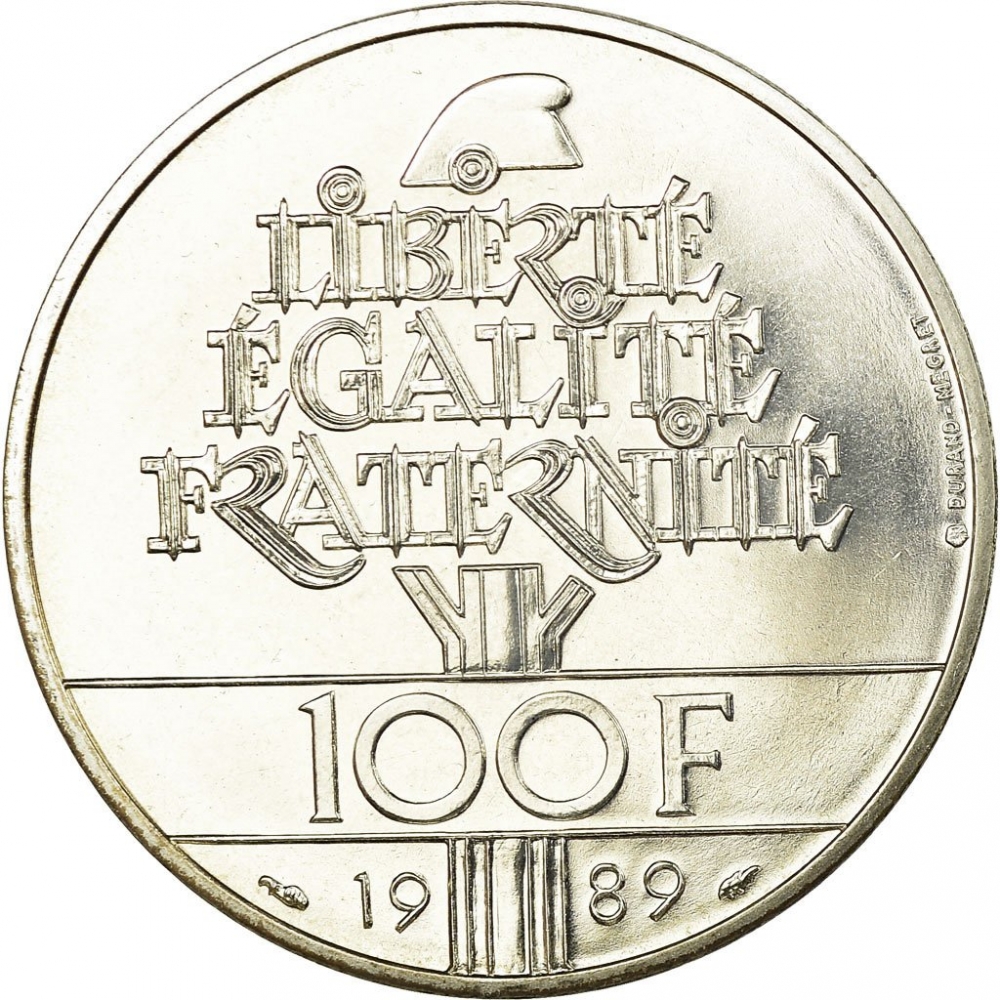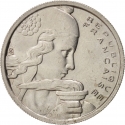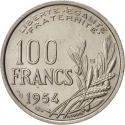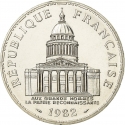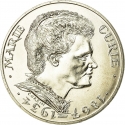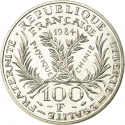You are about to finish your registration. Please check your mailbox (including spam folder). There should be a letter with a confirmation link. Check setting to make sure that your e-mail address is correct.
Send letter againDescription
The Declaration of the Rights of Man and of the Citizen (French: Déclaration des droits de l'homme et du citoyen de 1789), set by France's National Constituent Assembly in 1789, is a human civil rights document from the French Revolution.
The Declaration was drafted by the Abbé Sieyès and the Marquis de Lafayette, in consultation with Thomas Jefferson. Influenced by the doctrine of "natural right", the rights of man are held to be universal: valid at all times and in every place, pertaining to human nature itself. It became the basis for a nation of free individuals protected equally by the law. It is included in the beginning of the constitutions of both the Fourth French Republic (1946) and Fifth Republic (1958) and is still current. Inspired by the Enlightenment philosophers, the Declaration was a core statement of the values of the French Revolution and had a major impact on the development of popular conceptions of individual liberty and democracy in Europe and worldwide.
The 1789 Declaration, together with the 1215 Magna Carta, the 1689 English Bill of Rights, the 1776 United States Declaration of Independence, and the 1789 United States Bill of Rights, inspired in large part the 1948 United Nations Universal Declaration of Human Rights.
Obverse

|
Standing Genius writing "Human rights" in French, country name above, engraver's name below. RÉPUBLIQUE FRANÇAISE |
|---|---|
Reverse

|
Liberty cap over the national motto of France (Liberty, Equality, Fraternity) above denomination, date below. LIBERTÉ |
| Edge |

